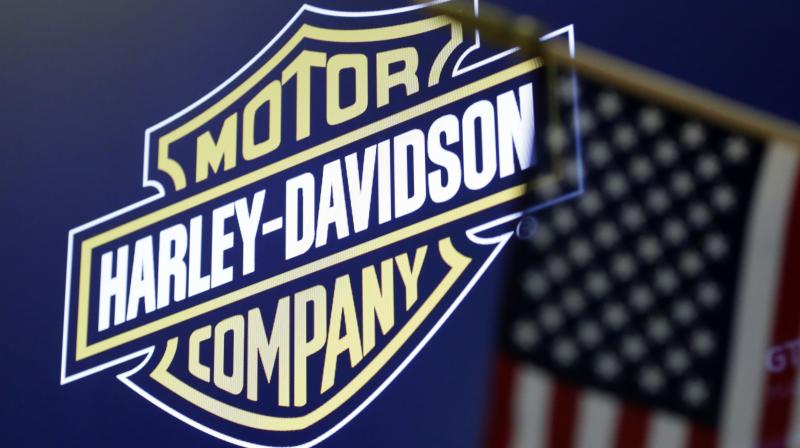Harley struggles to fire up new generation of riders with electric bike debut
Harley declined to comment on LiveWire preorders.

Harley-Davidson Inc is betting on electric motorcycles to attract the next generation of younger and more environmentally conscious riders to reverse declining U.S. sales.
But as Harley ships its first “LiveWire” bikes - priced at USD 29,799 - to dealers, there is little evidence the 116-year-old brand is catching on with new young customers.
The problem lies mostly with this “super-premium” product’s price. The bike costs nearly as much as a Tesla Model 3, and aims for a market that does not really exist: young, “green” and affluent first-time motorcyclists.
The sleek sport bike has been available for preorder in the United States since January. However, the bulk of the orders are coming in from existing and old riders, according to interviews with 40 of the 150 dealerships nationwide that are carrying the bike this year.
The dealers Reuters spoke with account for little over a quarter of LiveWire dealerships and are spread across Wisconsin, Illinois, Indiana, Ohio, Michigan, California, Nevada, New Jersey and New York.
Harley has for years failed to increase sales in the United States, its top market accounting for more than half of its motorcycles sold. As its tattooed, baby-boomer base ages, the Milwaukee-based company is finding it challenging to woo new customers.
In 2018, Harley posted the steepest sales decline in four years in the United States. U.S. sales are tipped to fall again this year.
The heavyweight motorcycle maker’s stock price has declined by 42% in the past five years. By comparison, the S&P 500 Index has gained 47%.
PRICE BARRIER
When Chief Executive Officer Matt Levatich announced LiveWire’s launch last year, his hope was the ease of riding motorcycles with no gears or clutch would help attract young and environmentally conscious urban riders.
In an interview with Reuters in February 2018, Levatich said the bike would help address Harley’s demographic problem.
“It is more about the next century than the last century,” he said at the time.
The preorders, thus far, have belied those hopes, according to the dealers.
“It is appealing to a demographic that is already riding,” said Gennaro Sepe, a sales manager at a Harley dealership in Chicago. His store has received four preorders for the bike. All of them are from existing riders.
Harley declined to comment on LiveWire preorders.
The motorcycle maker is not the only company investing in battery-powered transportation.
Tougher emissions rules in Europe, China and the United States are forcing auto companies to switch to electrified models. A survey of U.S. millennial motorcyclists, published in February by the Motorcycle Industry Council, found 69% of the riders interested in electric motorcycles.
Harley’s dealers said they are getting inquiries from young customers, but are struggling to translate them into sales. A key reason: LiveWire’s retail price.
“Interest is very high,” said a sales manager at a New Jersey-based dealership, who declined to be named because he was not authorized to speak to media. “But once you get to pricing, interest is thrown out of the window.”
Over half of young college graduates in America, whom Harley is courting with battery-powered bikes, are saddled with student loans that entail average repayment of U USD 200 to USD 300 per month.
Harley is not offering any discount or incentives to push the sales, either, the dealers said.
In an interview with CNBC television in May, Levatich called LiveWire “one of the best engineered products on the market” and said it was worth its price.
Gary Jon Prough, general sales manager at a dealership in Countryside, Illinois, said the vast majority of millennials cannot afford the bike as LiveWire is targeted at young and affluent customers with incomes above USD100,000 a year.

